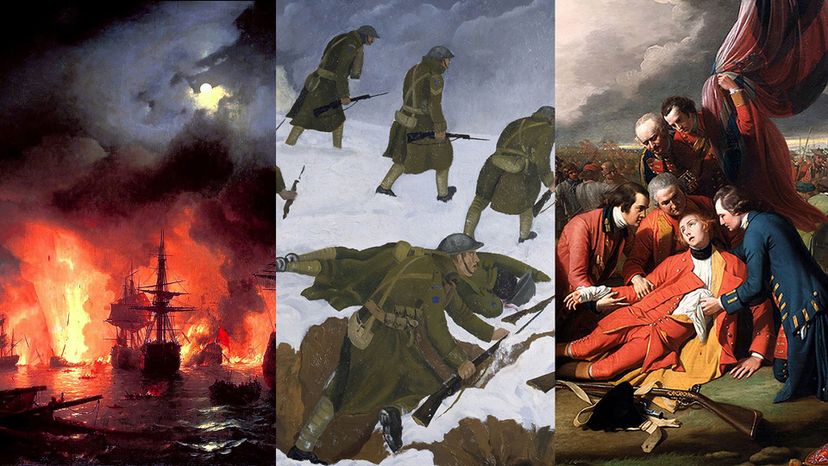
About This Quiz
Ready to exhibit your love of fine art? Here is a lineup of some of the most widely acclaimed war paintings of all time!
In times past, many painters worked under commission to produce war art for museums or for the government. These artists used their paint and brushes as a way to depict the effects of war at home and abroad. Their paintings also had the effect of bolstering support for the war effort while driving home the realities of warfare.
A number of these artists were right there on the frontlines or behind the scenes tending to the sick and injured. They used these experiences to influence what they drew and so scenes in hospitals, ambulances and down in the trenches became a recurring theme. Do any of these masterpieces spring to mind? We're sure you'll recognize them once you see them!
Numerous artists have used the wars fought by Napoleon Bonaparte as the subject of their paintings. Some of these illustrations were made during the war years while others are modern interpretations of the place Napoleon's battles hold in history. One battle, in particular, is still thought of as the most epic one ever fought on European soil. We know you can name it, but can you spot the paintings that show it? Go ahead, give it your best shot!
Are you an art aficionado or a war history buff? You'll have to be both to conquer this quiz. It's time to find out if the paintbrush is indeed mightier than the sword - so let's get started!
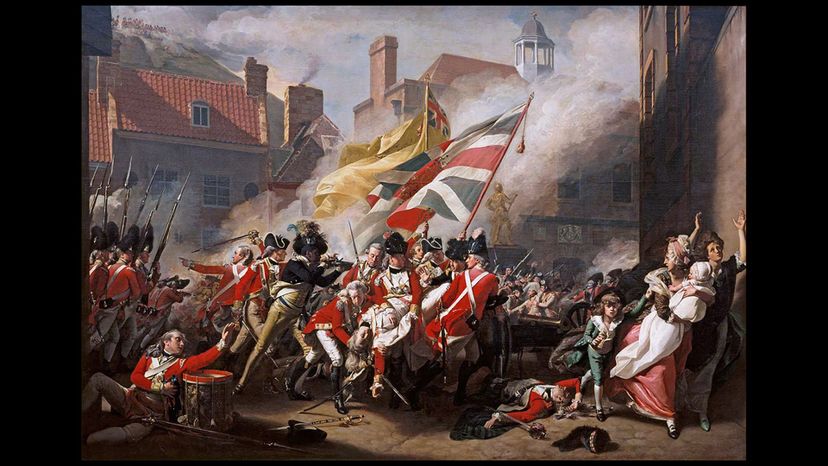
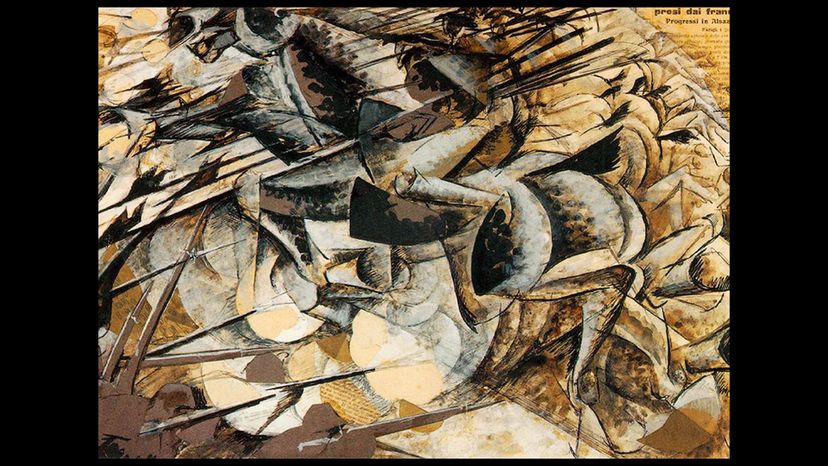
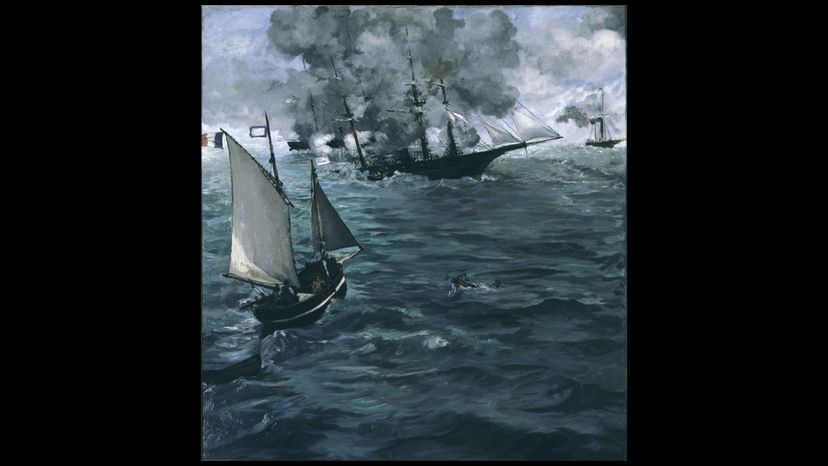
Advertisement
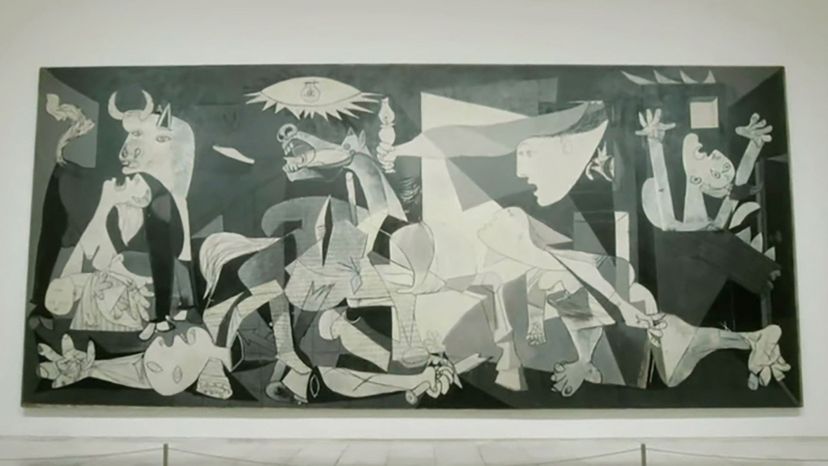
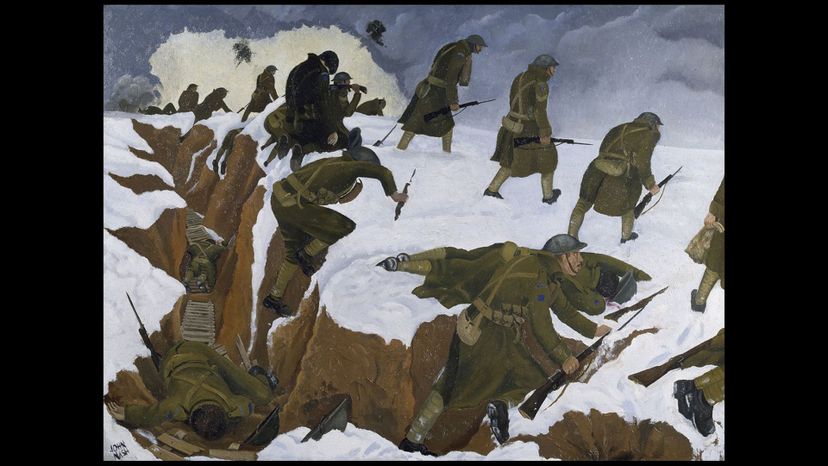

Advertisement
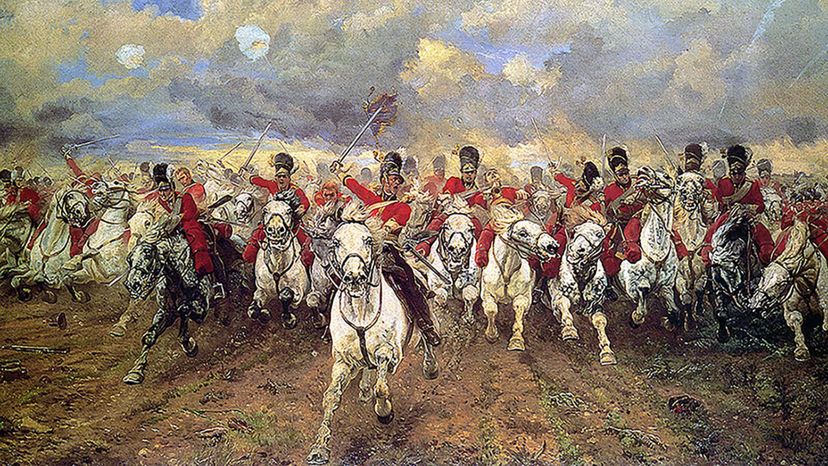
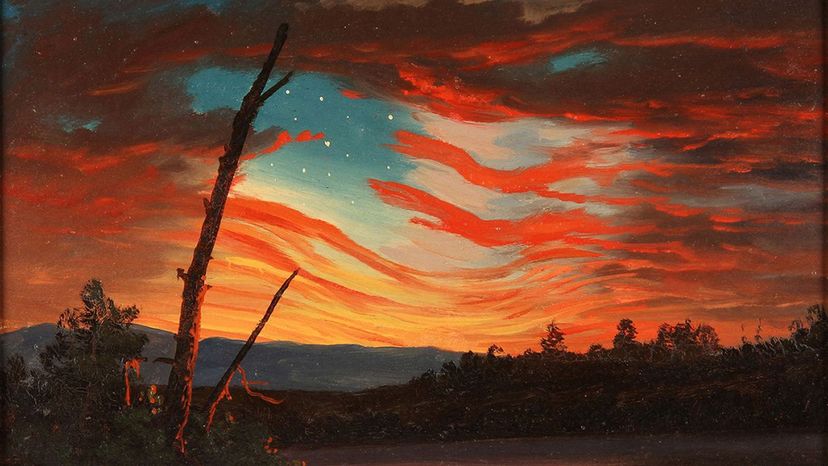
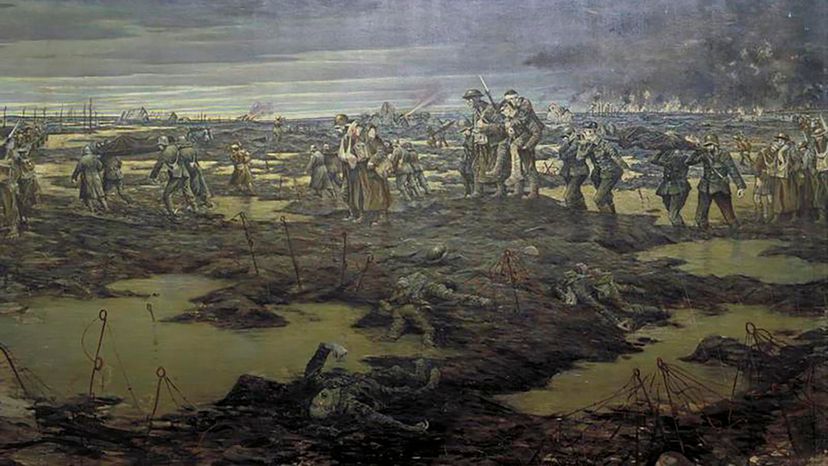
Advertisement
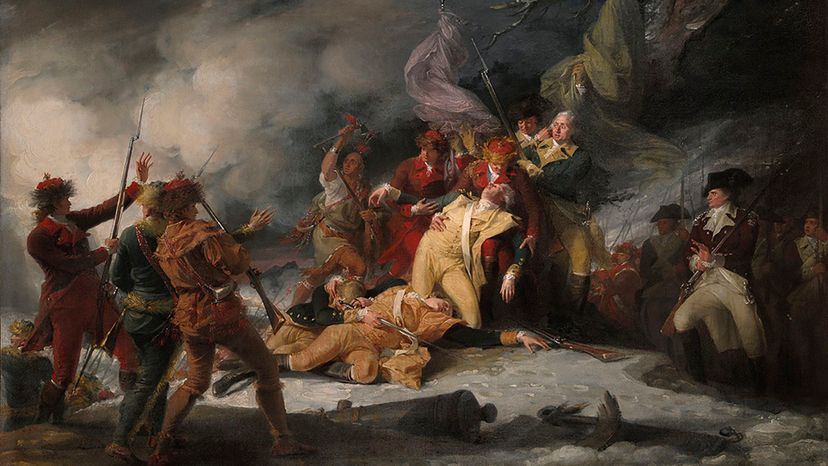
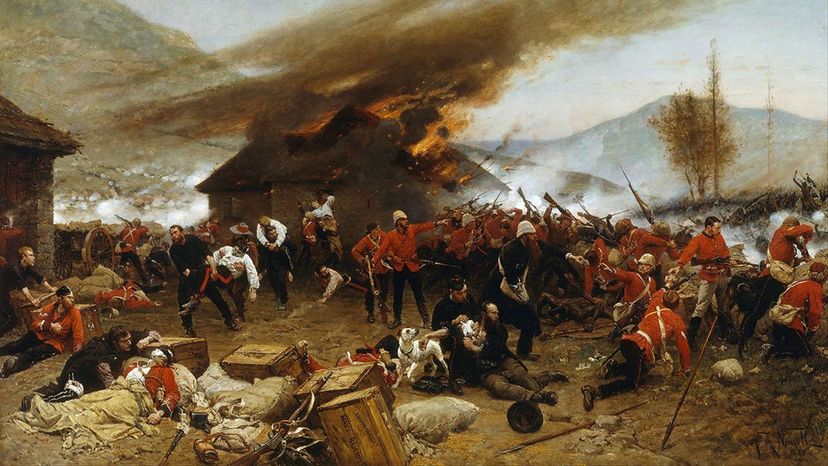

Advertisement
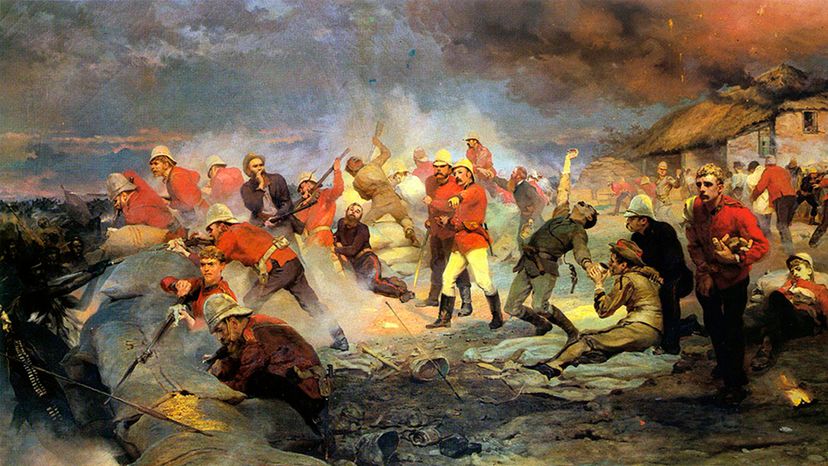
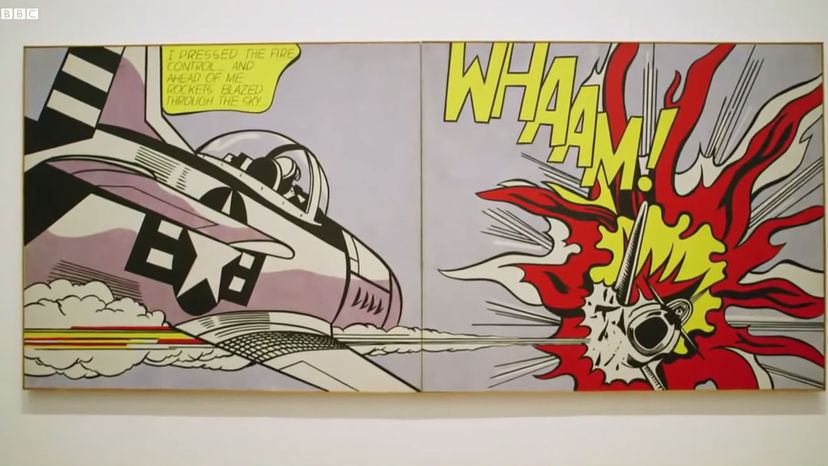
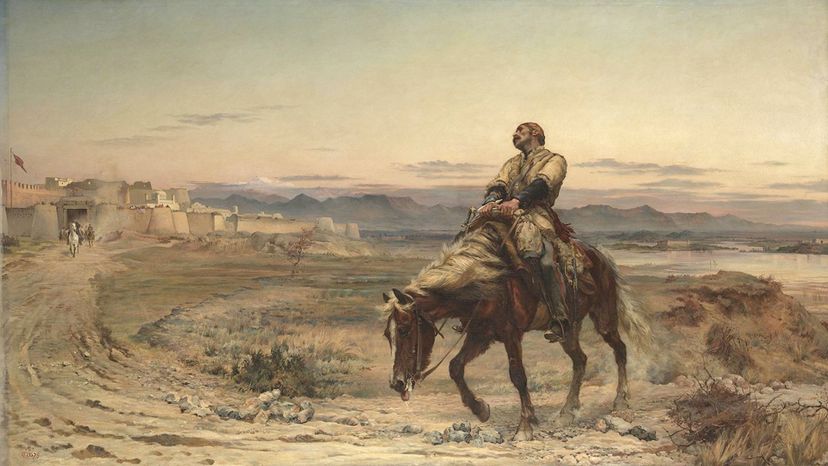
Advertisement
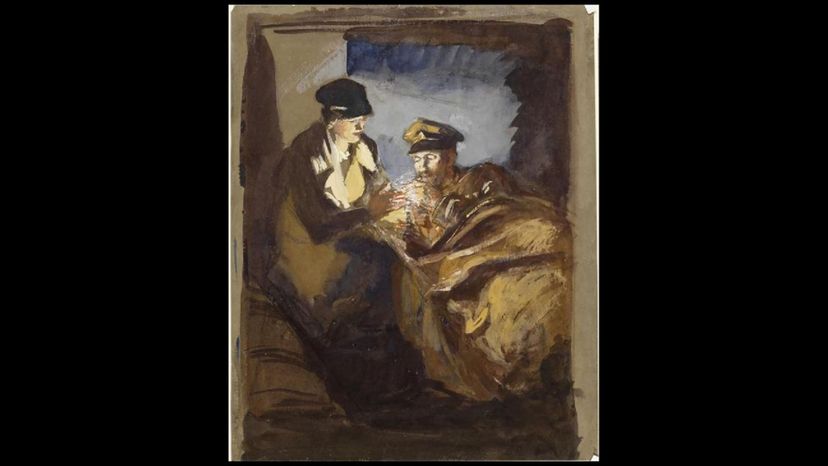

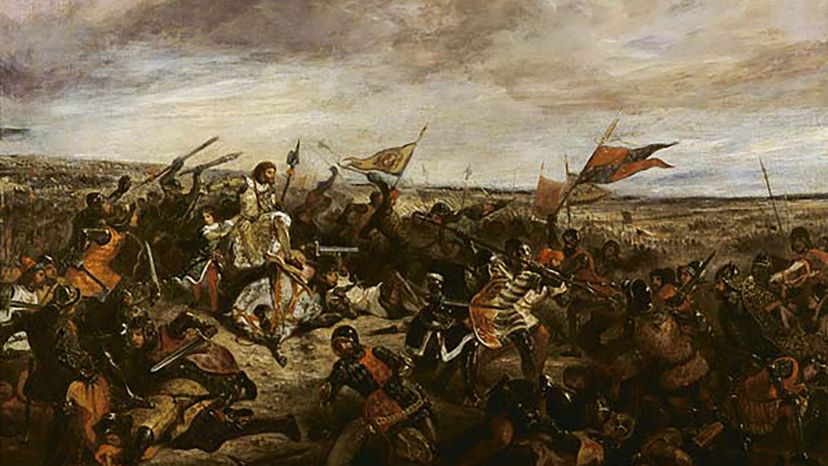
Advertisement
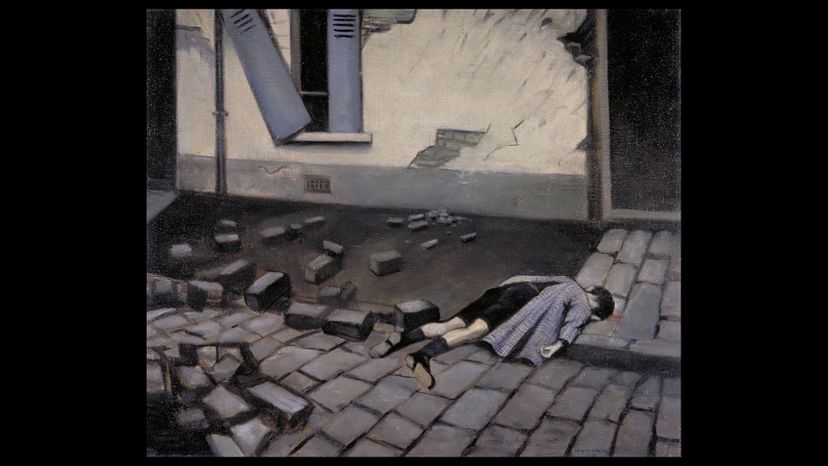

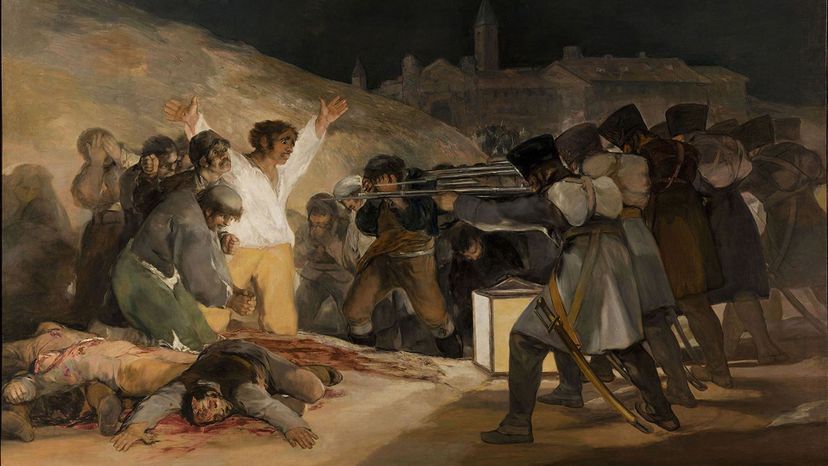
Advertisement
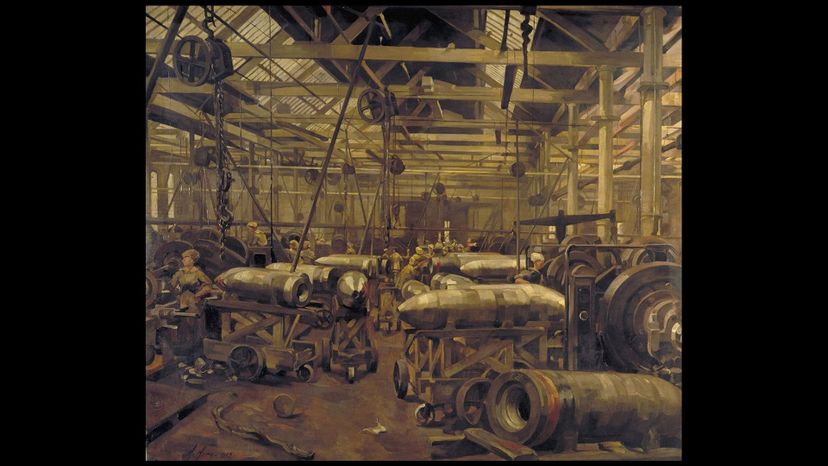

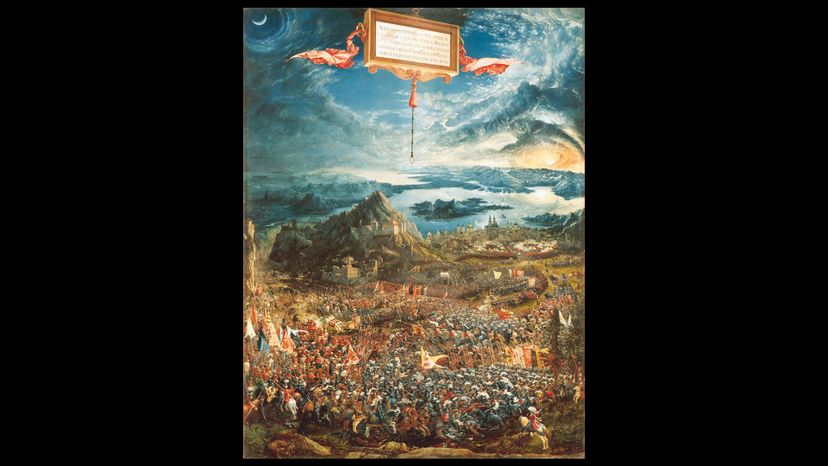
Advertisement
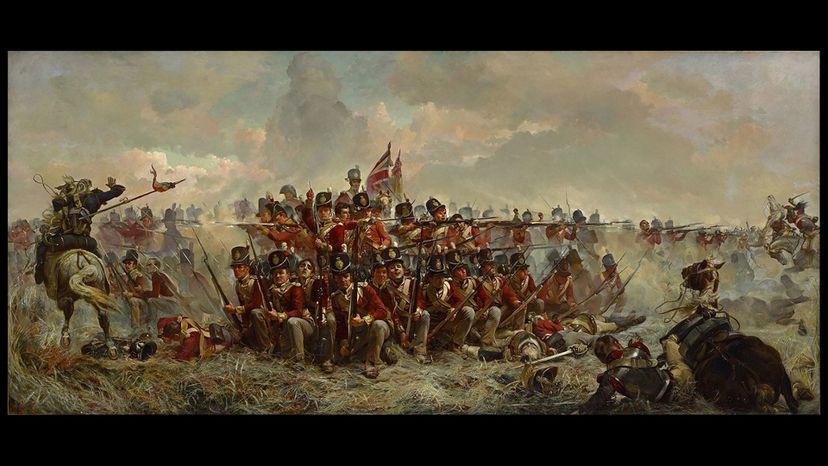
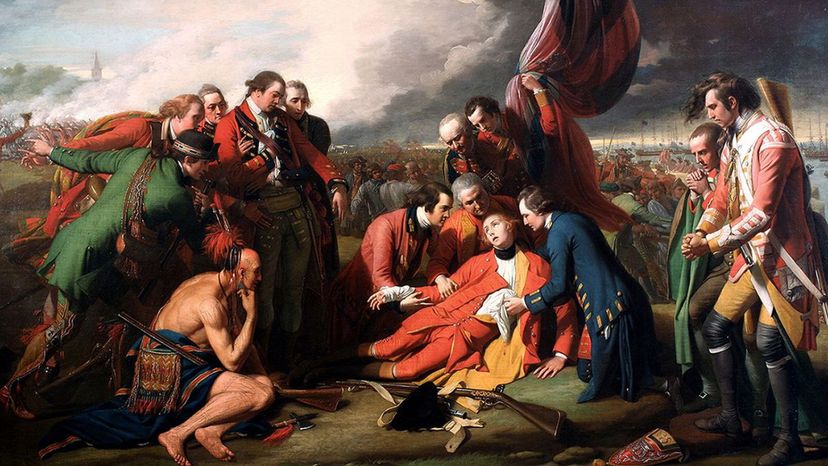
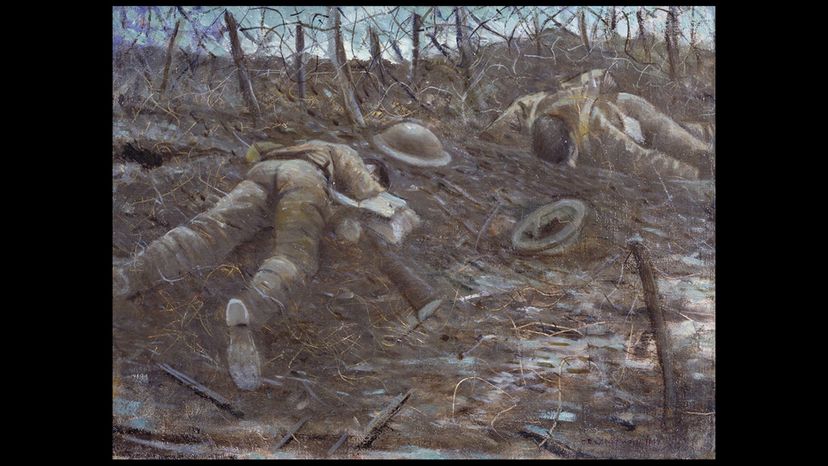
Advertisement
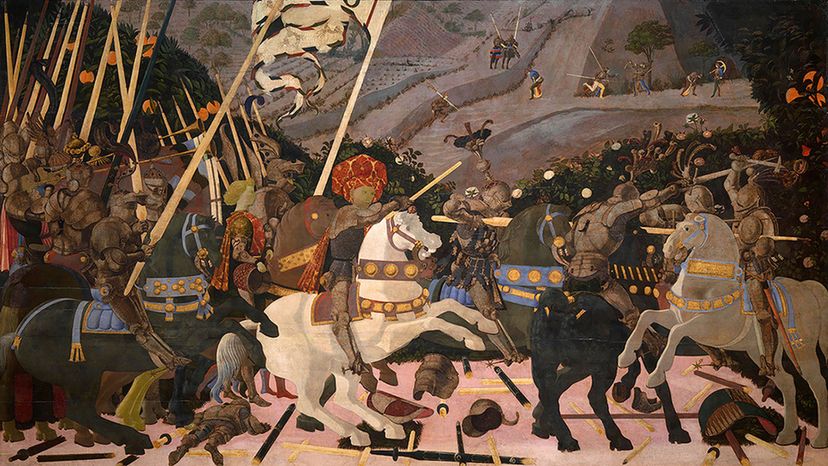
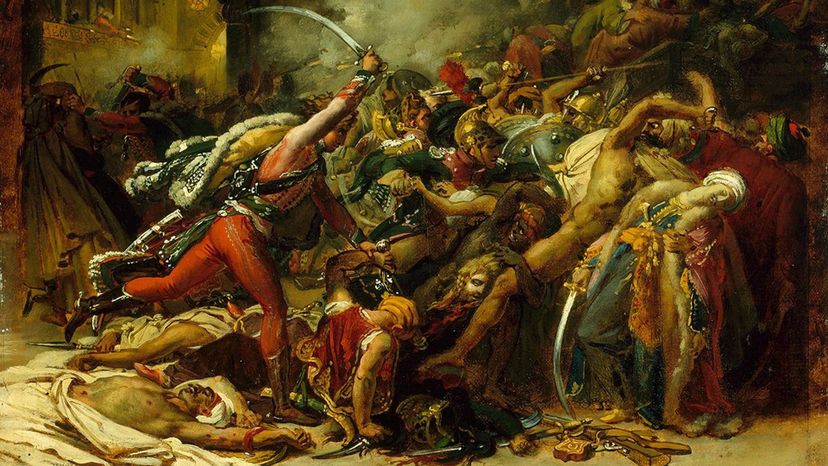
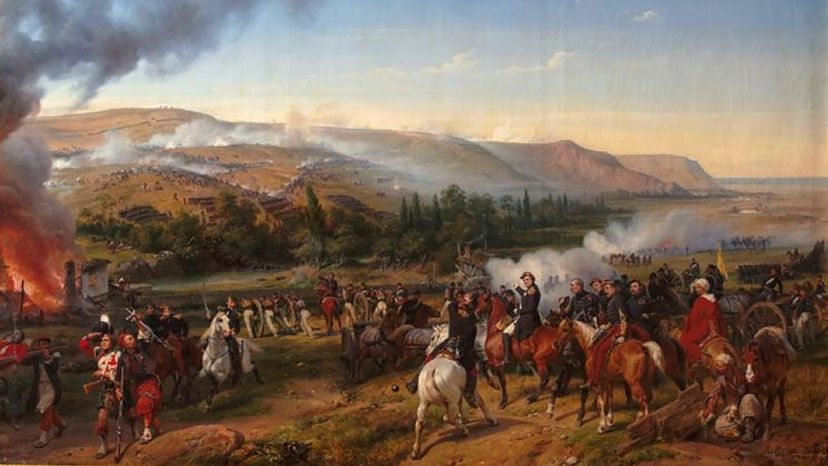
Advertisement
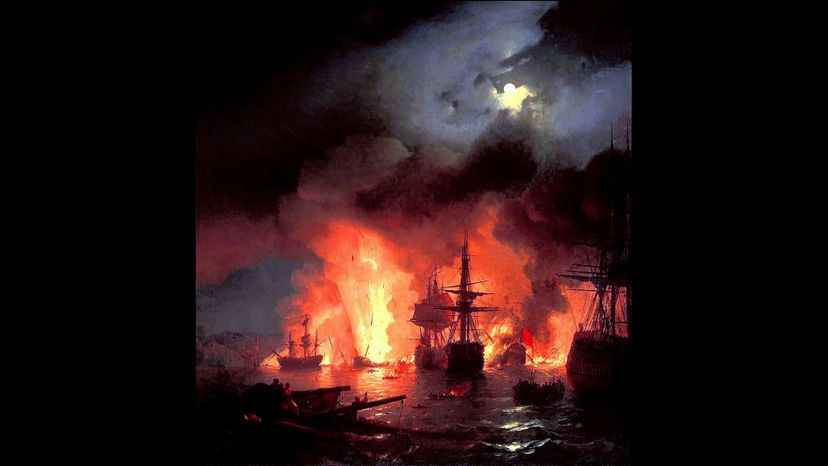
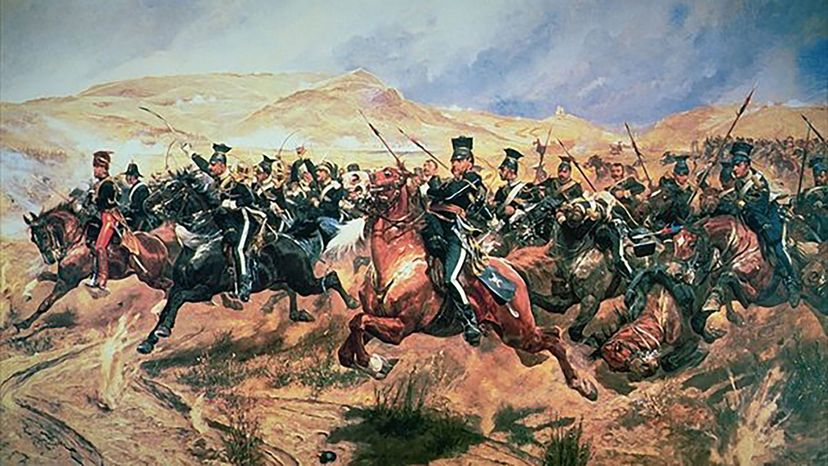
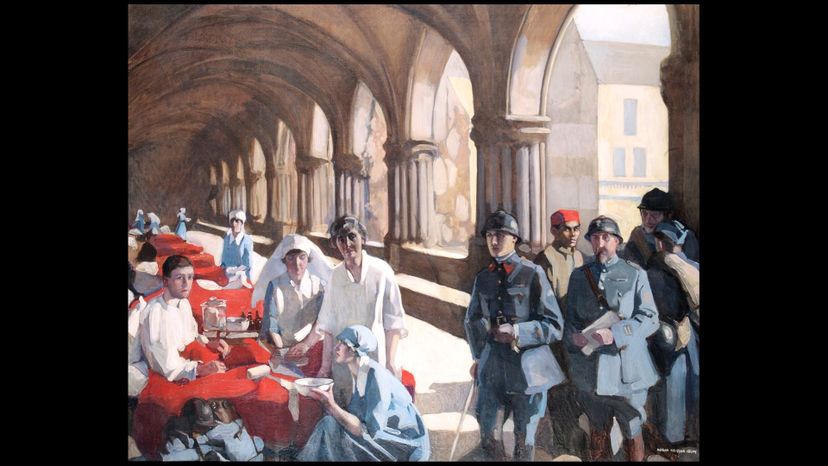
Advertisement
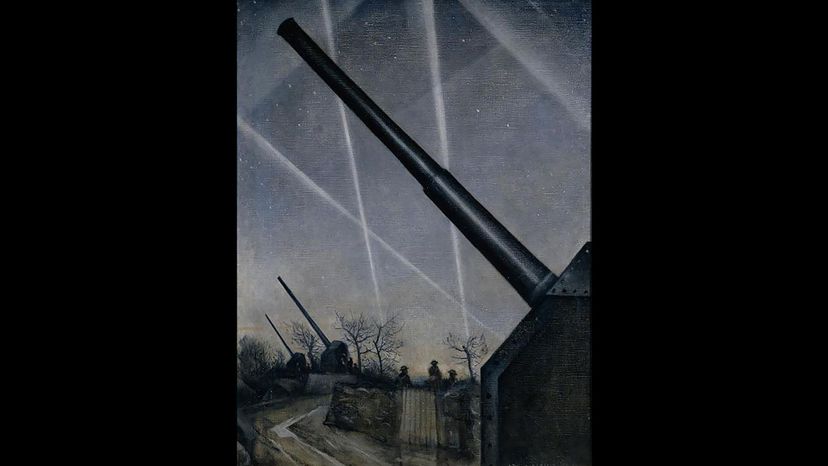
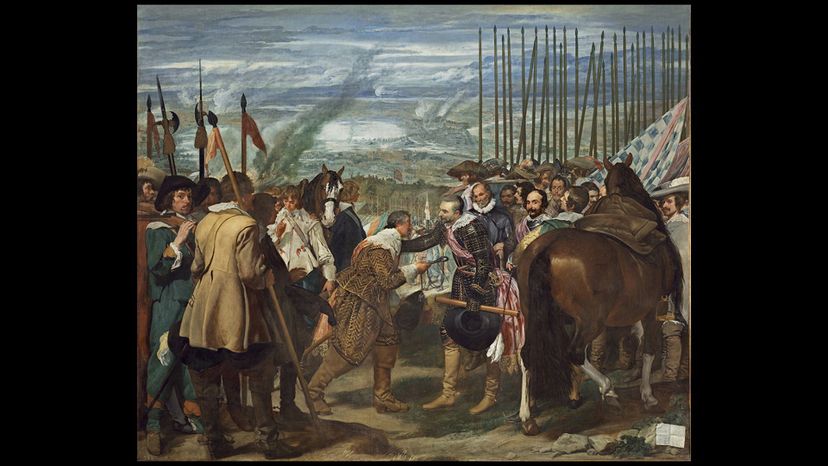
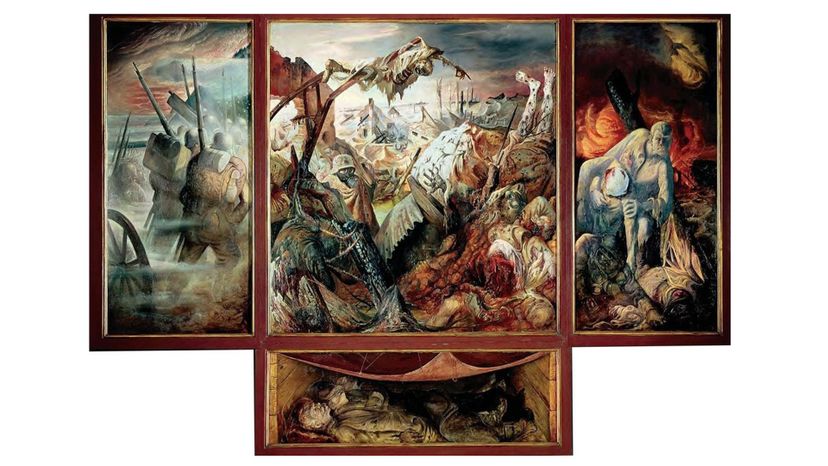
Advertisement
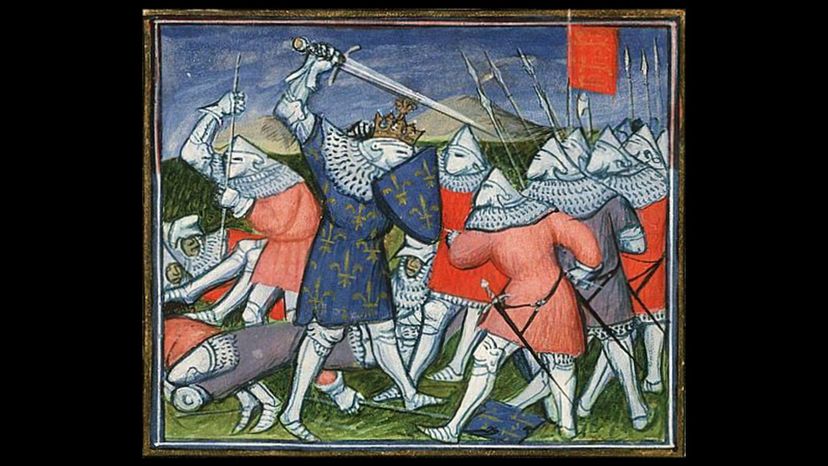
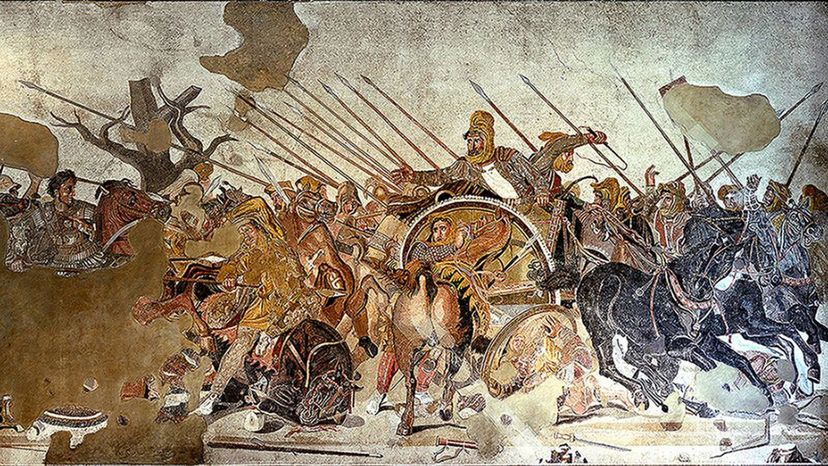
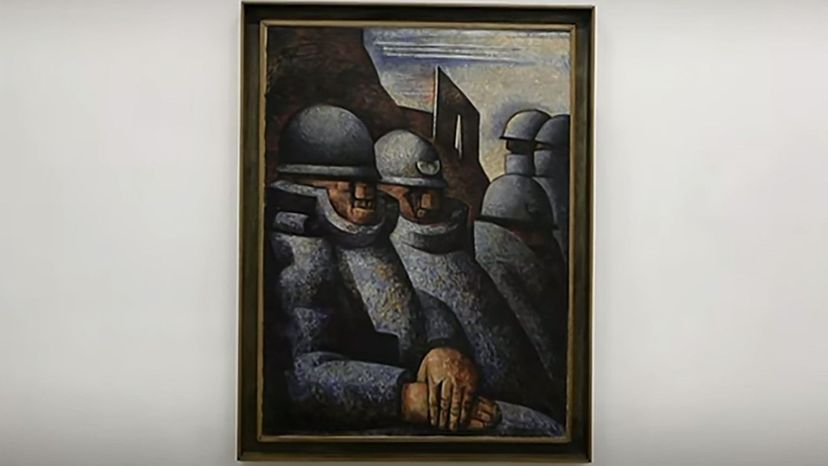
Advertisement
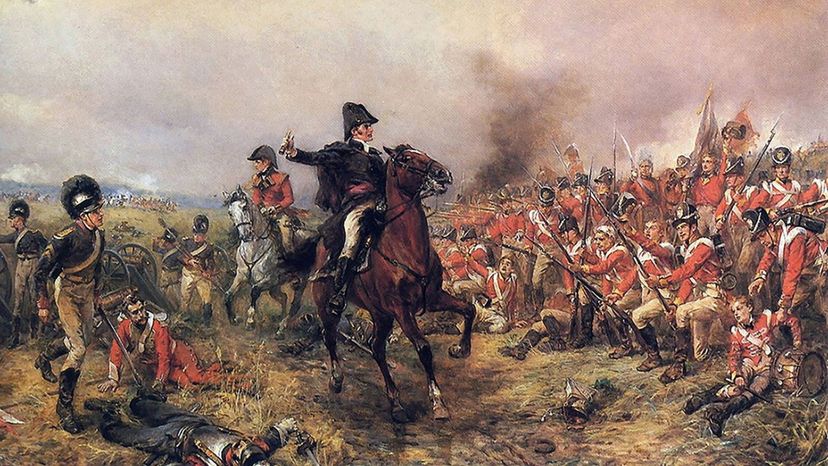
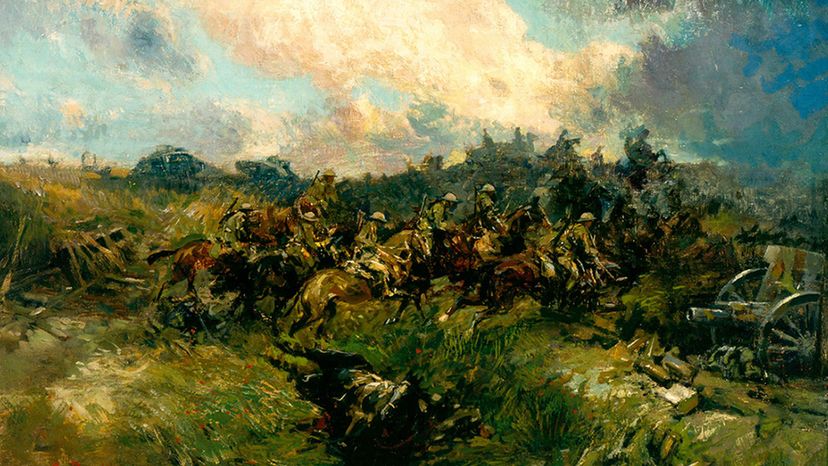
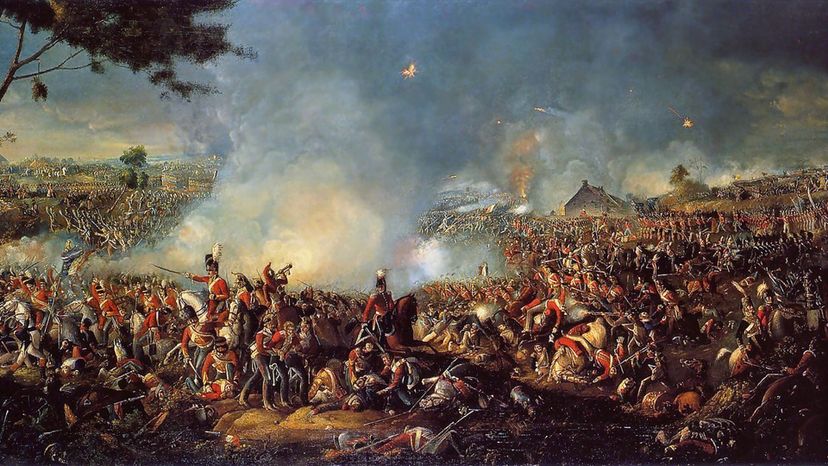
Advertisement
